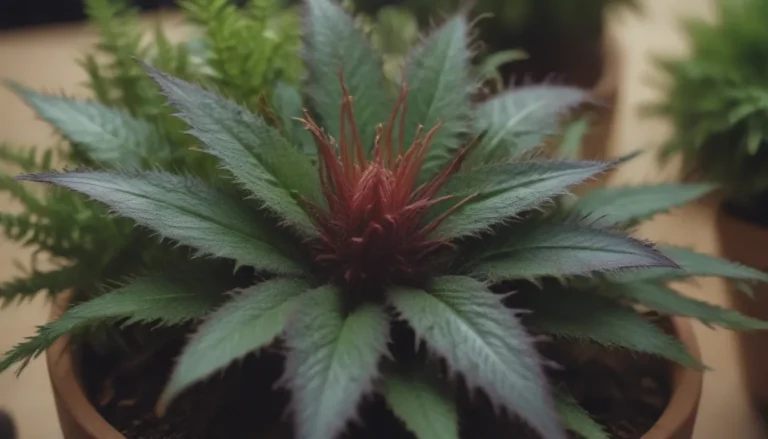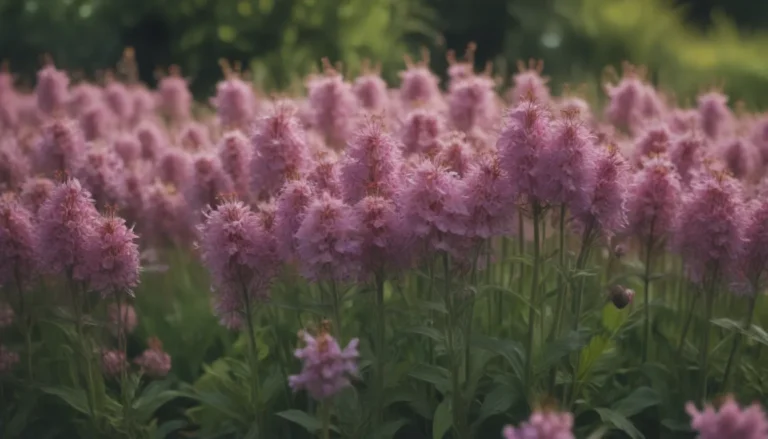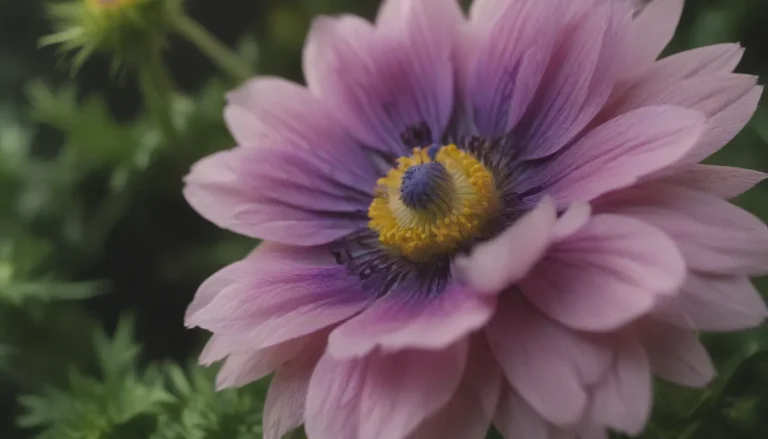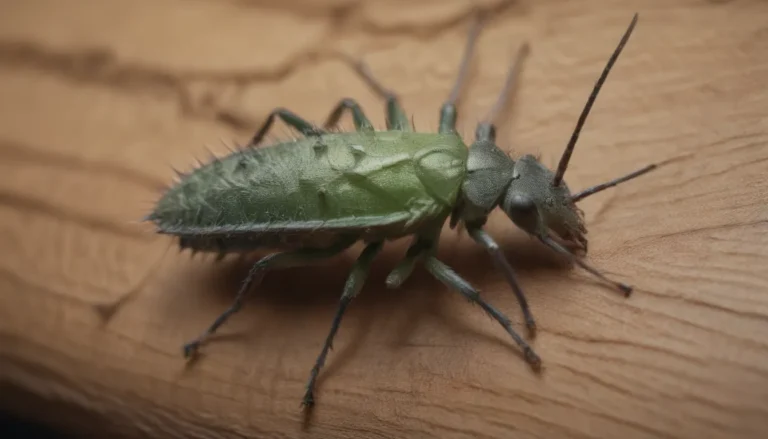Thyme: A Comprehensive Guide to Growing and Caring for this Versatile Herb
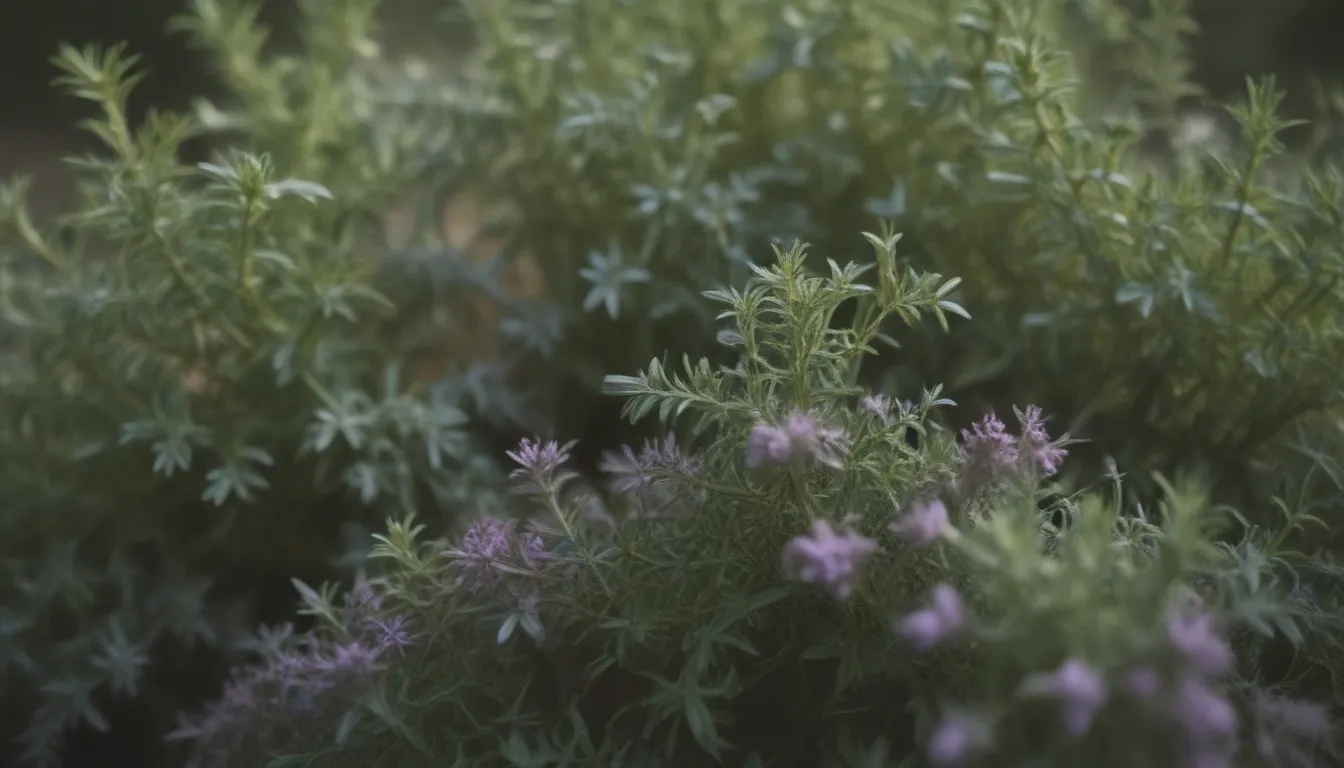
Thyme (Thymus vulgaris) is not just any ordinary herb – it’s a flavorful, aromatic plant that can elevate your culinary creations to new heights. From its low-growing, woody perennial nature to its ability to thrive in dry, sunny conditions, thyme is a must-have for any kitchen garden. In this article, we will explore everything you need to know about growing and caring for thyme, from planting to harvesting and everything in between.
Why Thyme?
Thyme is a beloved Mediterranean herb that holds its taste in cooking and blends well with other flavors of its native region. Whether you’re adding it to your favorite pasta dish or using it to season grilled vegetables, thyme brings a unique flavor profile to any recipe. Additionally, thyme plants produce tiny pink, lavender, or white tubular flowers in the spring and summer months, making them a favorite among bees and other pollinators.
Benefits of Growing Thyme
- Adds flavor and aroma to dishes
- Attracts bees and other pollinators
- Easy to grow and maintain
- Versatile and adaptable
Thyme Care Tips
Thyme is a versatile herb that can thrive in various conditions, making it a great option for beginner gardeners. Here are some essential care tips to help your thyme plant flourish:
Light
Thyme plants thrive in full sunlight, so make sure to plant them in a spot where they can receive between six and eight hours of light daily. Whether you’re growing thyme indoors or outdoors, ensure that it has access to plenty of sunshine to promote healthy growth.
Soil
Thyme prefers sandy or loamy soil that is well-draining. If you’re planting thyme in containers, choose a clay or terracotta pot to help wick away excess moisture from the soil. Remember that thyme is temperamental about wet feet, so it’s essential to use well-draining soil to prevent root rot.
Water
Water established thyme plants only occasionally, allowing the soil to dry out completely between waterings. Thyme is drought-resistant, so don’t worry if you forget to water it for a few days. However, it’s essential to water young plants more frequently until their roots are well-established.
Temperature and Humidity
Thyme plants can thrive in a wide range of temperatures and humidity levels. They grow best during the summer months when they produce flowers that attract bees and other insects. Ensure good air circulation around your thyme plants, especially in warm, humid climates, to prevent fungal diseases.
Fertilizer
Treat your thyme plants with an all-purpose fertilizer diluted to half-strength each spring. This will help promote healthy growth without diluting the plant’s fragrant oils and flavor. Avoid over-fertilizing, as this can lead to excessive foliage growth.
Types of Thyme
If you want to experiment with different varieties of thyme, consider planting one of these unique options:
- Golden Lemon Thyme (Thymus x citriodorus ‘Aureus’)
- Woolly Thyme (Thymus pseudolanuginosus)
- Caraway Thyme (Thymus herba-barona)
- Creeping Thyme (Thymus praecox)
Each of these thyme varieties offers a distinct flavor and aroma, adding diversity to your herb garden.
Harvesting and Propagating Thyme
Once your thyme plants are established, you can harvest them at any time, with the strongest flavor occurring just before the plant flowers. To propagate thyme, take stem cuttings and root them in the late spring using a mother plant with established growth. This method is more reliable than growing thyme from seeds and ensures a higher success rate.
Potting and Repotting Thyme
Thyme is an excellent candidate for container gardening due to its modest size and hearty nature. Choose a slightly larger pot for your thyme plant with ample drainage holes to prevent waterlogging. Fill the container with a well-draining potting mixture and place your thyme in a sunny location where it can receive full sunlight for at least six to eight hours per day.
Common Problems with Thyme
While thyme is a relatively hardy plant, it can still face a few issues that may affect its growth. Here are some common problems you may encounter and how to address them:
Leaves Turning Brown
If your thyme plant’s leaves are browning, dropping, or wilted, root rot may be the culprit. Reduce watering frequency to prevent overwatering and consider replanting in fresh, well-draining soil if needed.
Leaves Turning Yellow
Yellowing leaves can indicate root rot or excess nitrogen in the soil. Test your soil’s nitrogen levels and replant in fresh soil if necessary to prevent nutrient imbalances.
Leaves Drying Out
Thyme plants have a lifespan of about five to six years, after which they may develop crispy, dried leaves. Propagate your thyme plants through stem cuttings to maintain a healthy population and replace aging plants.
Thyme: More Than Just a Culinary Herb
Thyme isn’t just a flavorful addition to your favorite dishes – it can also serve as a versatile ground cover. Creeping thyme, in particular, is often used in areas where traditional grass may struggle to grow. With its rapid spread and low maintenance requirements, creeping thyme can create a soft, durable mat that requires minimal upkeep.
In conclusion, thyme is a valuable addition to any herb garden, offering both culinary and ornamental benefits. By following these care tips and guidelines, you can enjoy a bountiful harvest of this versatile herb year after year. Experiment with different thyme varieties, propagate your plants, and watch your herb garden flourish with the fragrant beauty of thyme.

